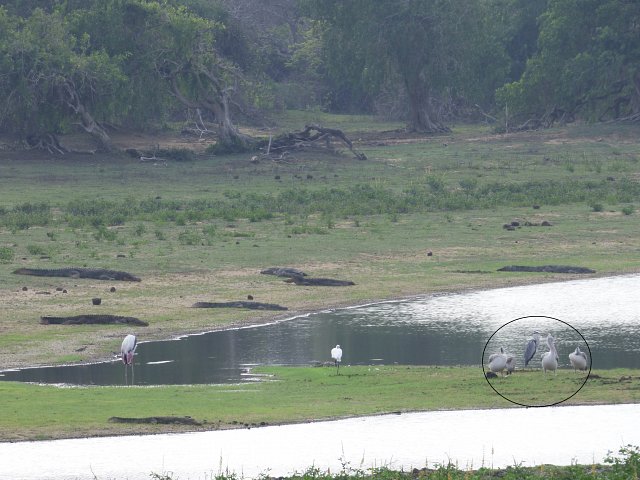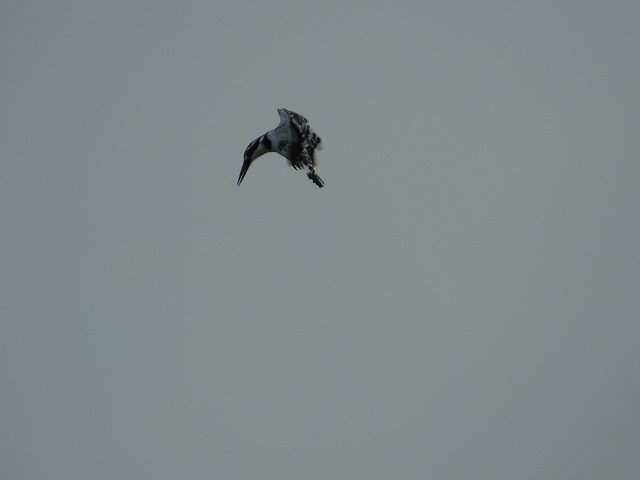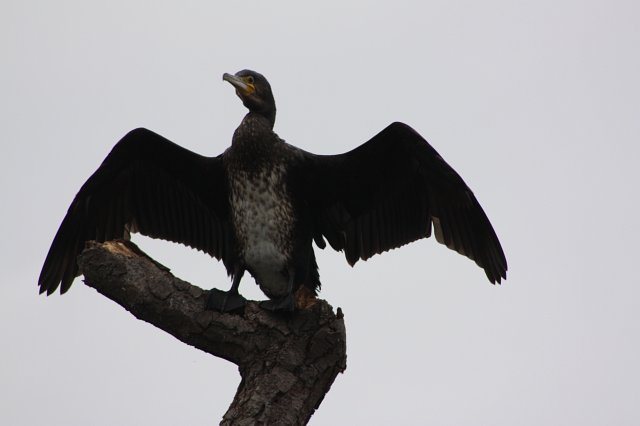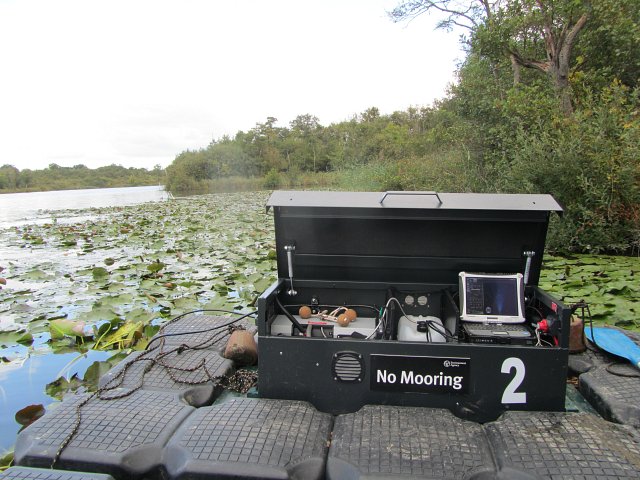In the last nature blog we focused on the ‘adventures of the Grey Heron’, both in our boatyard and on the far flung shores of Sri Lanka. Well, the bird we sometimes call ‘The Harnser’ here in Norfolk is still stealing the show.
While our skippers Tobi and Oli were carrying out checks on our trip boat ‘The Queen of the Broads’ a brazen young heron perched right above their heads on top of the wheel house! Check out these rather amusing pictures of Tobi and the Heron.

The Heron stayed for some time before becoming rather less welcome when it decided to drop off an unpopular surprise that ran down the Queen of the Broad’s windscreen just after Tobi had cleaned it! Needless to say, Tobi wasn’t amused, and testing the horn soon after meant that the Heron found a new perch….

That wasn’t the end of the story though, as our boat builders got quite a surprise when the bold young heron wandered into their workshop. They duly ushered it out before it hurt itself!
The Heron wasn’t the only wildlife we spotted before in the basin. Pike were striking young fry fish on the surface, which shoal up in vast numbers in basins at this time of year. A quick chat with some fisherman also revealed that there are some monster predators lurking in the area – apparently they had caught a 22lb and 25lb pike that morning!
While we only run a few boat trips in the winter they are perhaps our favourites – often revealing far more wildlife than in the summer as the waterways are much quieter at this time of year and many shy species come out into the open.
Our mince pies and mulled wine tour on 2 December proved no exception, revealing the Broads in its wonderful winter cloak. These pictures of a rainbow framing a fabulous winter scene on the trip seem to summarise the essence of the broads at this time of year.


Amongst this stark beauty we got really lucky with the wildlife.
Top of the list was two separate sightings of otters. The first was at the bottom end of Wroxham village where we got a really good view of a female otter swimming along the river, before finally taking cover in the undergrowth when she spotted us. We saw the other otter sunbathing on the bank a little further down river, close to Hoveton Great Broad. The first sighting was especially clear, with nearly all of our passengers delighted to have spotted this beautiful mammal.
Tufted ducks are known as a winter species because they usually hide away during the summer before forming in ever increasing numbers through the winter. That’s certainly the case on Wroxham and Salhouse Broads where there are ever expanding groups of these lovely birds on the water as shown in these pictures.

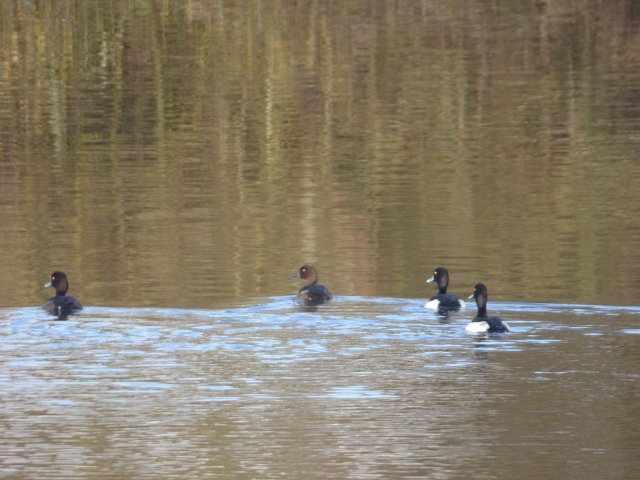

Interestingly it’s only the males who have tufts on their heads – which one of our skippers Richard jokes makes them a tuftless duck, or maybe just ducks!

On Wroxham Island increasing numbers of Cormorants are gathering amongst the trees as shown in these pictures set amongst a stormy sky.


A little further downstream on the river, close to the bottom entrance of Wroxham Broad, there are a growing number of Little Grebes. These beautiful birds are much less frequently spotted than the larger Great Crested Grebe, but as winter presses on the shy little birds are venturing out more and more. See 31 October blog for more on Little Grebes.
Another good spot close to this area was the elusive, yet brightly coloured kingfisher sitting on a branch and we also saw an acrobatic kestrel hovering over the reeds before perching on a tree.
A welcome sight in this area was the single cygnet that was hatched as an ‘only child’ during the summer on Salhouse Little Broad and which we have followed closely on this blog. As all the other cygnets hatched in the spring in groups of six, this single cygnet has been the smallest and most loveable on the river this year. It’s size doesn’t seem to have held it back and, as shown in the pictures below, it is doing well.

On Salhouse Broad we were lucky enough to spot Gadwell ducks flying close to the much more populous tufted ducks. The Gadwell is a pretty rare grey coloured duck with a black rear end, but if you get the chance to see it close up it becomes apparent that its grey colouring is made up of exquisitely fine barring and speckling.
Overall everyone on our 2 December boat trip was delighted to see such a wide variety of wildlife and, while we run far fewer trips at this time of year, it underlined our view that the winter is a great time to be out on the water.




















